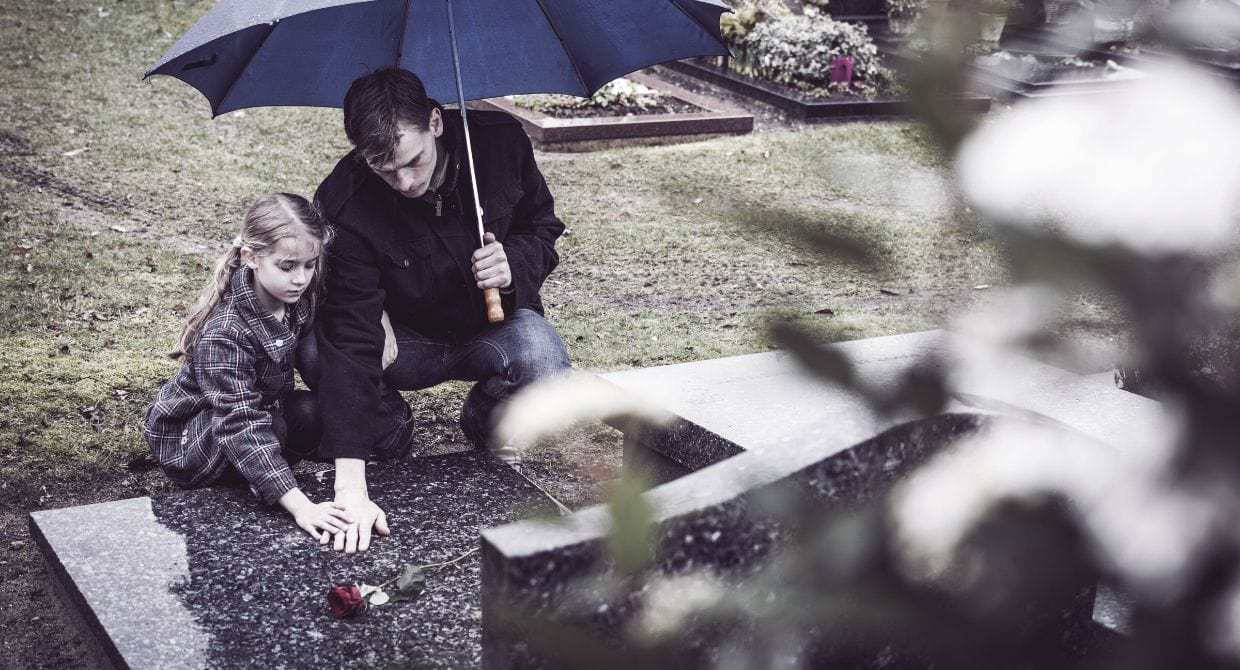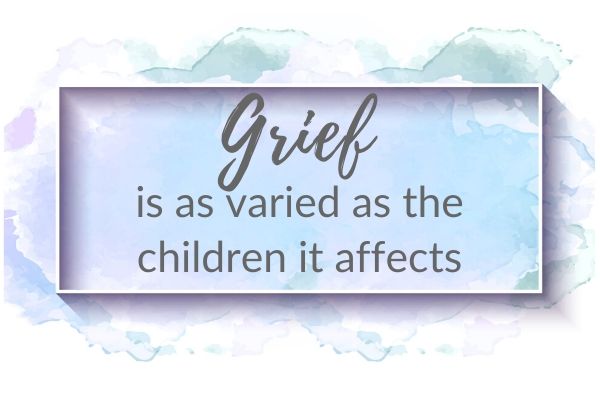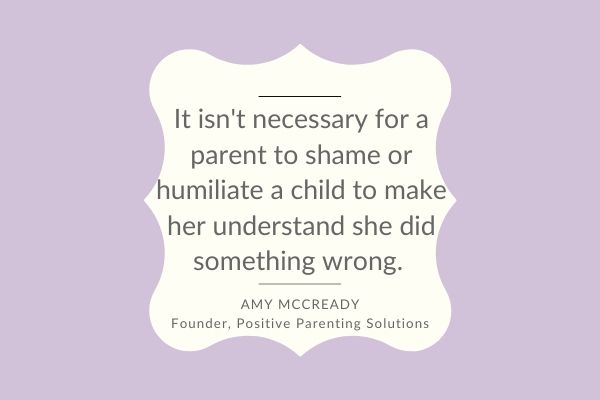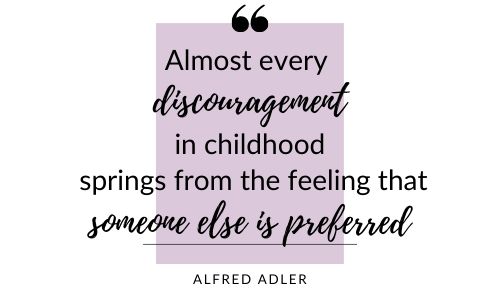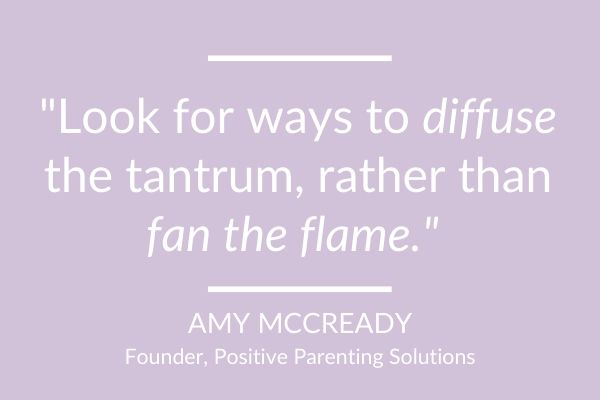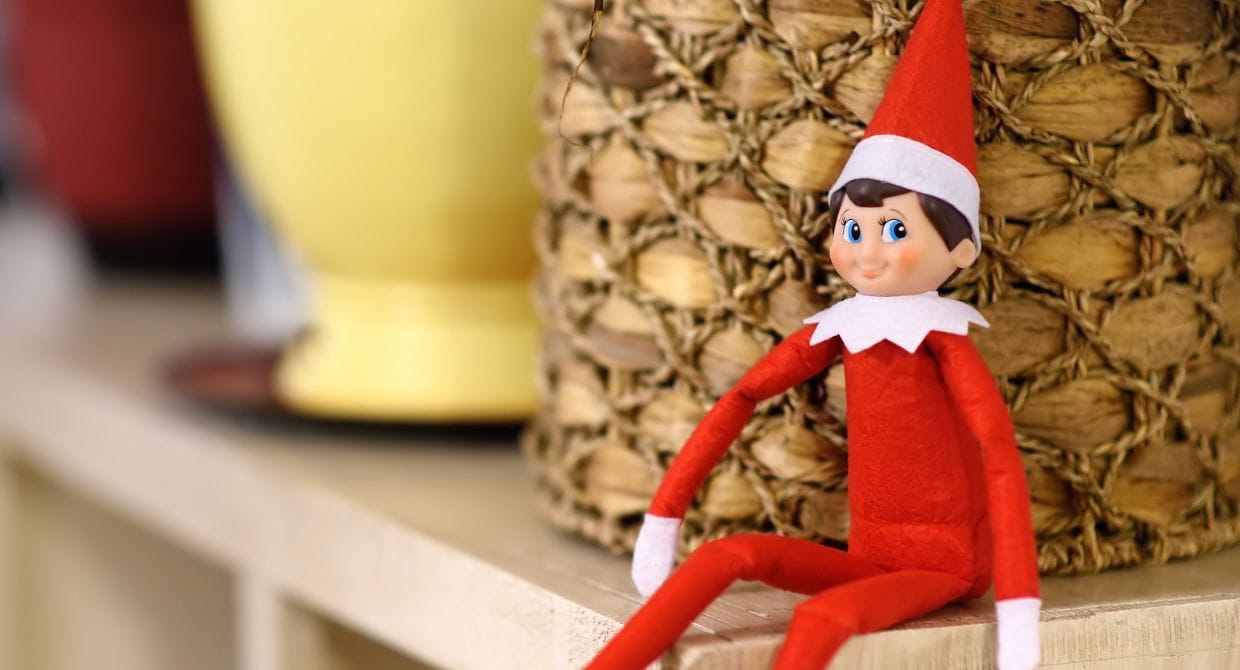


It’s 8 AM on a busy Monday morning and, once again, you are late for school drop-off because your six-year-old daughter is refusing to get dressed.
“I want to wear my pink polka-dot shirt!” she wails.
“I’m sorry, Sweetie, but it’s in the wash. You’ll have to pick something else.”
You go through this every morning. Same problem, different outfit. You want her to be independent, so you allow her to pick out her own clothes–but lately, it just feels like one power struggle after another.
“But I want to wear it!” she yells, stomping her foot on the ground.
You take a deep breath and watch as the tantrum unfolds. She grabs a handful of clean clothes and throws them across the room, then sits on the floor in defiance, her face red with anger.
You wonder, how should I handle this?
Oh friend, I know where you are because I have been there myself. Frustrated parents from all walks of life have called out for help, which is why we created this FREE PARENTING WEBINAR—to help parents stay calm in exhausting situations just like this.
As your own temper starts to rise you fight the urge to scream back at her. You’ve had enough of these outbursts and want nothing more than to walk away, slamming the door behind you. She has to learn that this kind of bratty behavior will not be tolerated anymore.
But is it truly bratty behavior? Is your daughter just trying to manipulate you into letting her wear the outfit she wants–maybe even skip school?
Or is this a different type of tantrum?
Believe it or not, not all tantrums are created equal. Science actually tells us that there are two very different, yet very specific types of tantrums that are determined by which area of the brain is firing at the time.
Think of it like a house…
The Whole-Brain Child
You don’t have to be a world-class architect to know that every worthwhile home must be built on a solid foundation. Progress starts from the ground level, with each layer being built upon the one before it.
Our brains operate in much the same way, with both an upstairs and a downstairs component.
In Daniel J. Siegel’s and Tina Payne Bryson’s book, The Whole-Brain Child, they bring forth the notion that the human brain–particularly a child’s–is like a two-story house. Even though the upstairs and downstairs portions are both parts of the same whole, they have vastly different purposes.
This makes a lot of sense when it comes to how your child’s brain is wired. Just like a house under construction, the downstairs portion of their brain–responsible for emotion and decision-making–is developed first. The upstairs portion of the brain–responsible for higher thinking and impulse control–takes much longer to construct.
When your child has a tantrum, you can determine the type based on which portion of their brain is in use–the upstairs or downstairs. Understanding where the tantrum stems from will help you handle the situation appropriately.
Note: Looking for more helpful parenting resources? Be sure to check out my list of Best Parenting Books: Top Picks for 2023.
Downstairs/Meltdown Tantrums
Imagine…
You’re at the mall with your five-year-old son.
After a sleepless night spent tending to his scary dreams, the two of you had a hard time getting going this morning. You needed to run a few errands around town, so you handed him a granola bar and rushed him out the door.
The weather was gloomy and it started to downpour, backing up traffic all across town–why did you decide to go out today? To avoid the traffic, you chose to stop at the mall and wait out the storm.
You walk inside, dripping water on the floor, chilled to the bone. That’s when he spots it–the horse carousel. It’s his absolute favorite ride.
“Mommy, can I ride the horse? Please!”
It’s been such a rough day, you figure you’ll treat him to a ride. However, when you pull out your wallet, you find it empty of change.
“I’m sorry, honey,” you say. “I don’t have any money. You can’t ride today.”
His face darkens as he sticks out his bottom lip.
“But I want to ride it,” he says quietly.
“I’m sorry, there’s nothing I can do.”
Suddenly, big tears begin to roll down his cheeks as heaving sobs rise up from his chest. He falls to the floor and slams his little fists into the tile.
You start to notice people staring–he doesn’t.
You try to pull him up into a hug, but his body goes limp as he cries even louder. As much as you try to stop the tantrum, nothing seems to work. Quickly, you pick him up and carry him toward the door.
All you want right now is to help him calm down. The whole situation leaves you feeling helpless and sympathetic.
*****
So what happened?
After a rough night with little sleep, and an even rougher morning with little food, your son hit a wall…and lost it.
This would be an example of a downstairs tantrum. Also known as a meltdown.
Just like a house, the downstairs portion of the brain was built first. It’s been there since birth helping control basic functions and emotions, such as flight or fight, anger, and sadness.
Naturally, the downstairs brain is very easily affected by outside conditions. In this case, the combination of little sleep from the night before and a rushed morning without much food meant a meltdown was not only possible, it was highly likely to happen. Not getting to ride the horse was simply the catalyst that set the tantrum in motion.
Helpful Tip: If you are a frustrated parent who has experienced more than their fair share of tantrums, please try out our free online webinar, where you’ll learn why your kids misbehave, how to institute effective consequences, and so much more.
Upstairs/Manipulative Tantrums
Now imagine…
You’re at the mall with your five-year-old son.
After sleeping in this morning, the two of you enjoyed a filling breakfast of pancakes, eggs, and bacon, before hitting the road to run some errands around town.
The sun was shining, the birds were singing, and the traffic was light–all the ingredients for a perfect day–so you decided to make one more stop at the mall to enjoy lunch at your son’s favorite restaurant.
As you’re leaving the restaurant he spots the little horse carousel a few shops down. It’s his absolute favorite ride.
“Mommy, can I ride the horse? Please!”
He’s been so good today, you figure you’ll treat him to a ride. However, when you pull out your wallet you find it empty of change.
“I’m sorry, honey,” you say. “I don’t have any money. You can’t ride today.”
Suddenly, your sweet, well-behaved little boy is nowhere to be seen.
“But I want to ride it!” he yells.
You start to notice people staring–and so does he. This only further ignites his need to make a scene. He rushes over to the horse and hops on, wrapping his arms tightly around the neck.
“I won’t leave until I have a ride!” he yells.
With cheeks flushed, you lift him off the horse and start pulling him toward the door. He lets his body go limp and crumples to the floor. You can do nothing but stand beside him, wide-eyed in disbelief at how his attitude so quickly shifted.
You are frustrated, annoyed, and absolutely embarrassed by his behavior.
So much for your perfect day.
*****
Your son had a great night’s sleep, a full belly, and a good attitude. So what happened?
This would be an example of an upstairs tantrum. Also known as a manipulative tantrum.
This type of tantrum is generally a display of power, used by the child to manipulate his parents into giving him what he wants. In this case, a ride on his favorite carousel.
It’s this portion of the brain that your son uses for higher thinking and planning, hence the manipulation factor. He knew–probably from past experience–that a public tantrum could get him what he wanted and acted accordingly.
Ironically enough, this same portion of the brain controls his ability to think calmly. But because it’s so much more sophisticated than the downstairs, it takes much longer to develop. In fact, your son’s upstairs brain won’t fully mature until he is in his twenties!
This also explains why meltdowns happen. When the upstairs brain isn’t working properly, it’s very easy for a child’s brain to lose control, unable to grasp the ability to calm down and think rationally.
Which Tantrum is Which?
Although there are two types of toddler temper tantrums, spotting the difference can be tricky. But knowing the difference is key because each one must be handled differently.
So how do you know which is which? Believe it or not, the biggest factor comes down to you–NOT your child.
That’s right. I’m talking about your reaction to the tantrum itself. How does it make you feel?
When your child’s tantrum leaves you feeling helpless or sympathetic, there’s a good chance it’s a downstairs tantrum.
Why? Because the meltdown is something your child really cannot help. They don’t want to misbehave, but without the help of a mature upstairs brain, they simply cannot control their emotions.
It’s your job to help them work through their big emotions and be the calm to their storm.

However, when the tantrum leaves you feeling frustrated, angry, or irritated, it is most likely an upstairs tantrum. You know you are being manipulated.
Final Thoughts
As parents, we’ve all been on the receiving end of a toddler tantrum at one point in time. There’s nothing quite like them.
Whether they happen in public–where it feels like every eye is glaring at you–or in the privacy of your own home, it’s never pretty. And certainly never easy.
Having an understanding of which type of tantrum you are dealing with can help tremendously. Especially, if you have the right tools to deal with them.
Fortunately, the Positive Parenting Solutions® course is filled with useful tools and strategies to help you deal with temper tantrums of every kind, in every place, with every age.
Feel free to test us out first by JOINING ME FOR A FREE ONLINE CLASS. I’ll teach you how to get your kids to listen–no nagging, yelling, or reminding required.
Upstairs or downstairs. Big or small. Toddler or teen. It doesn’t matter what type of tantrum, I assure you, there is hope for each one. Especially when you’ve got the right tools in your belt and the right support to help you out.



